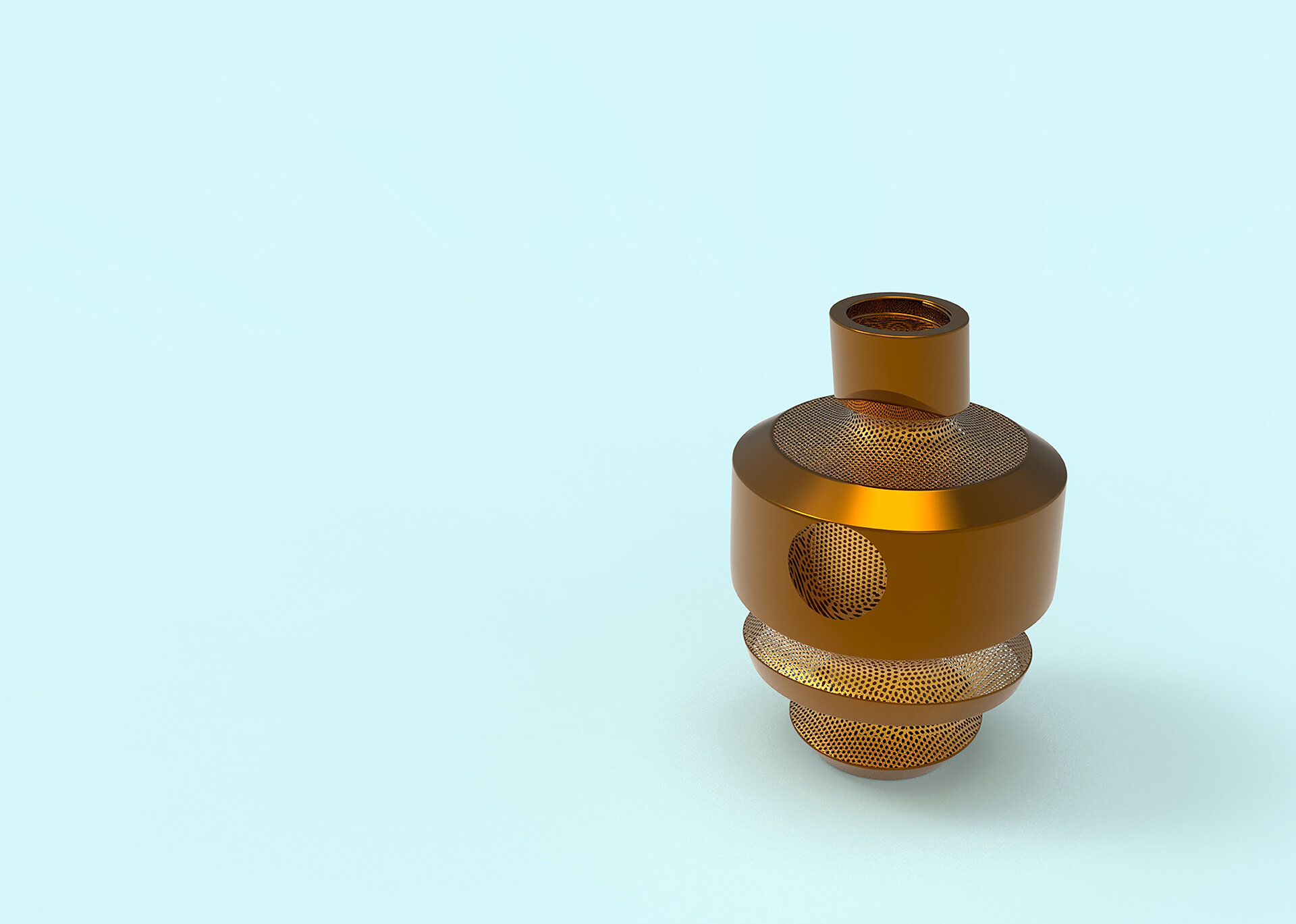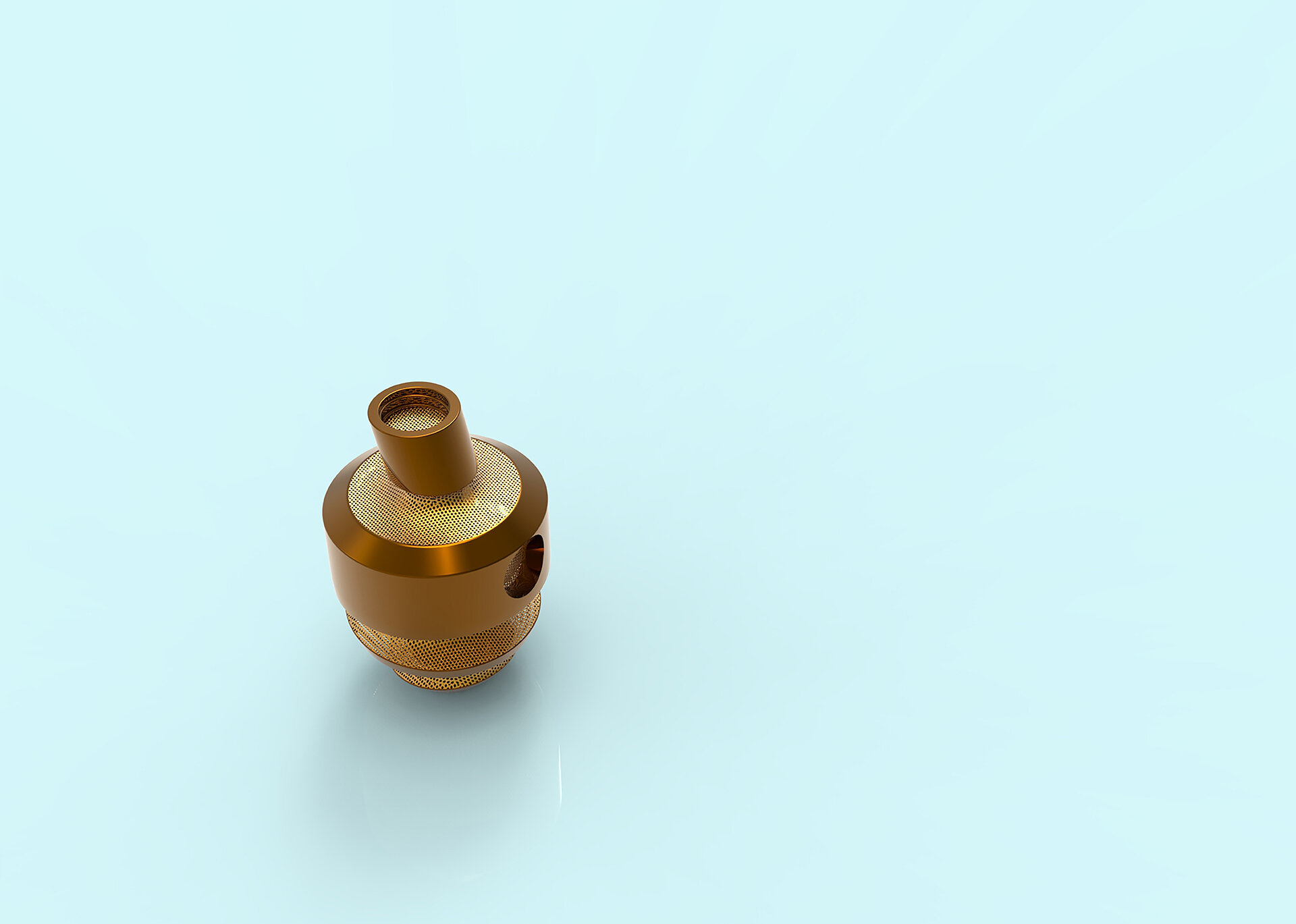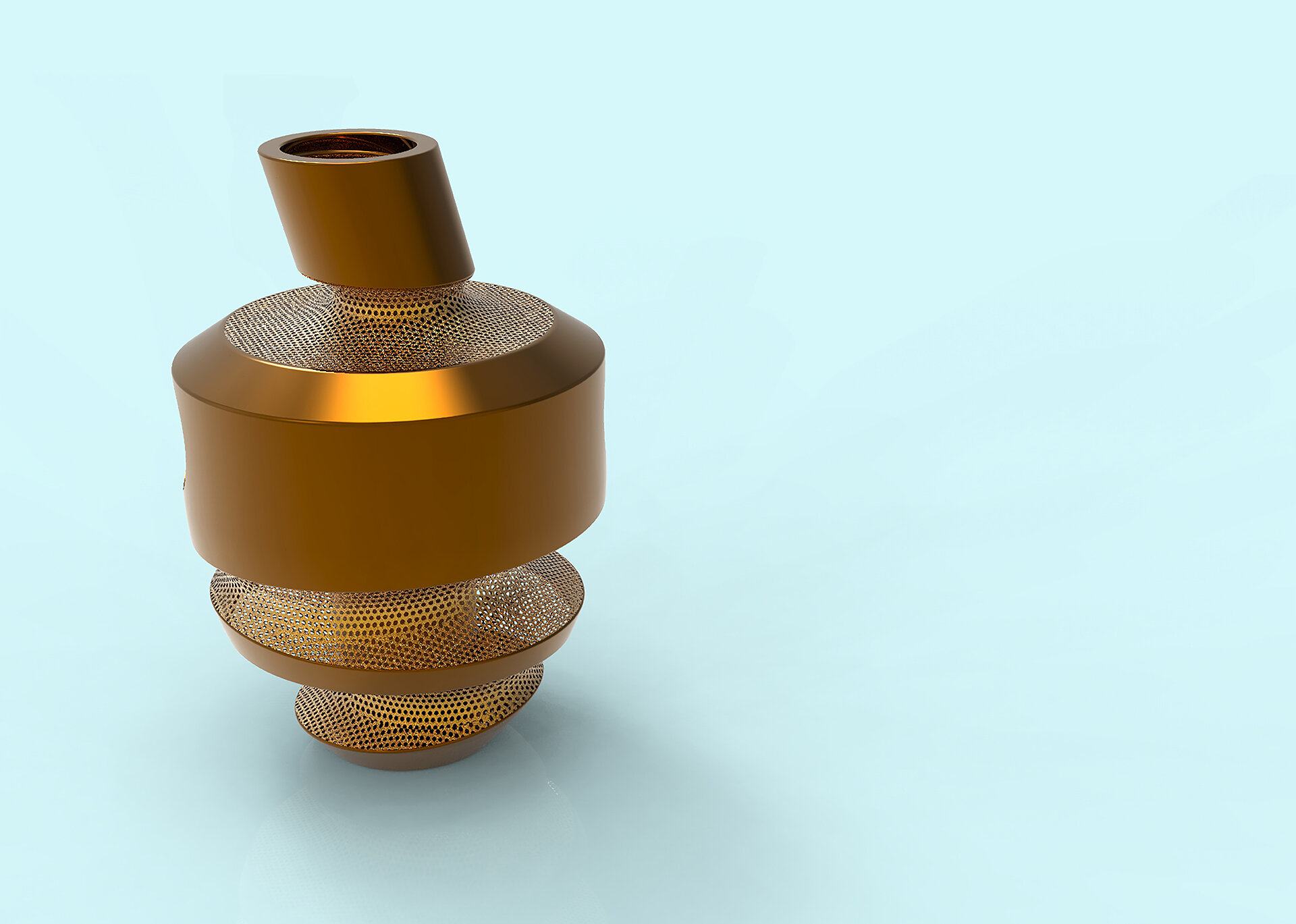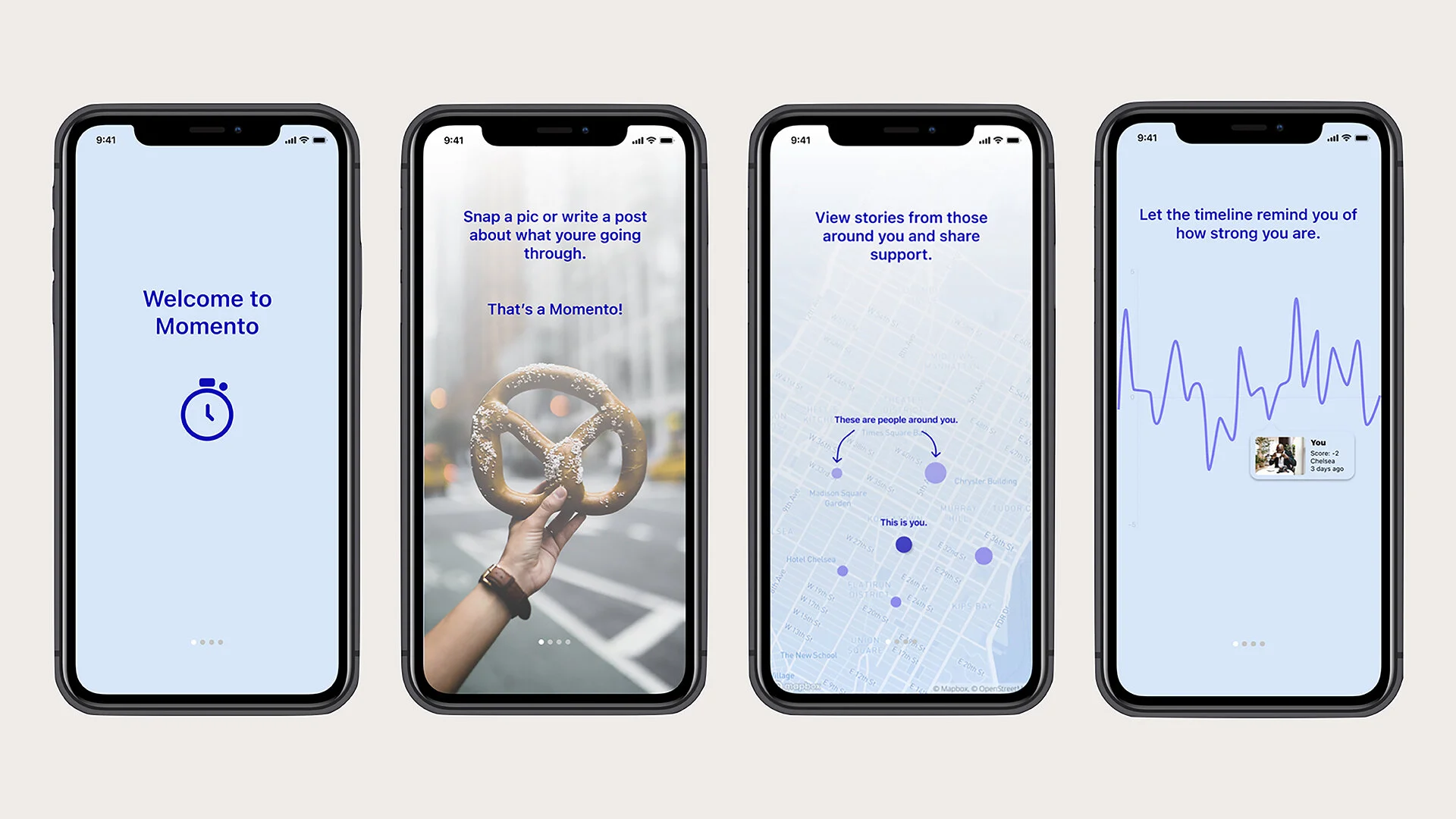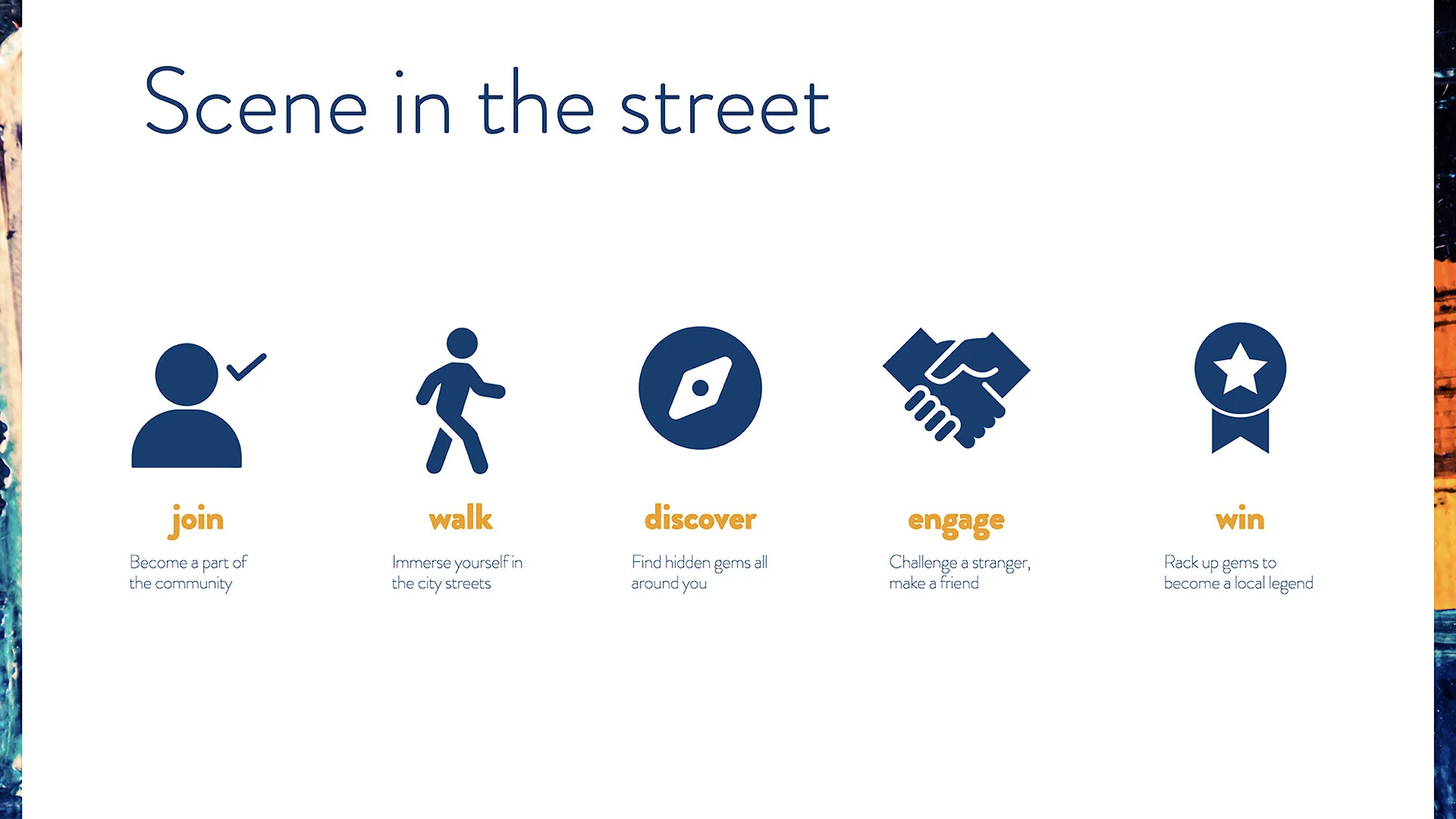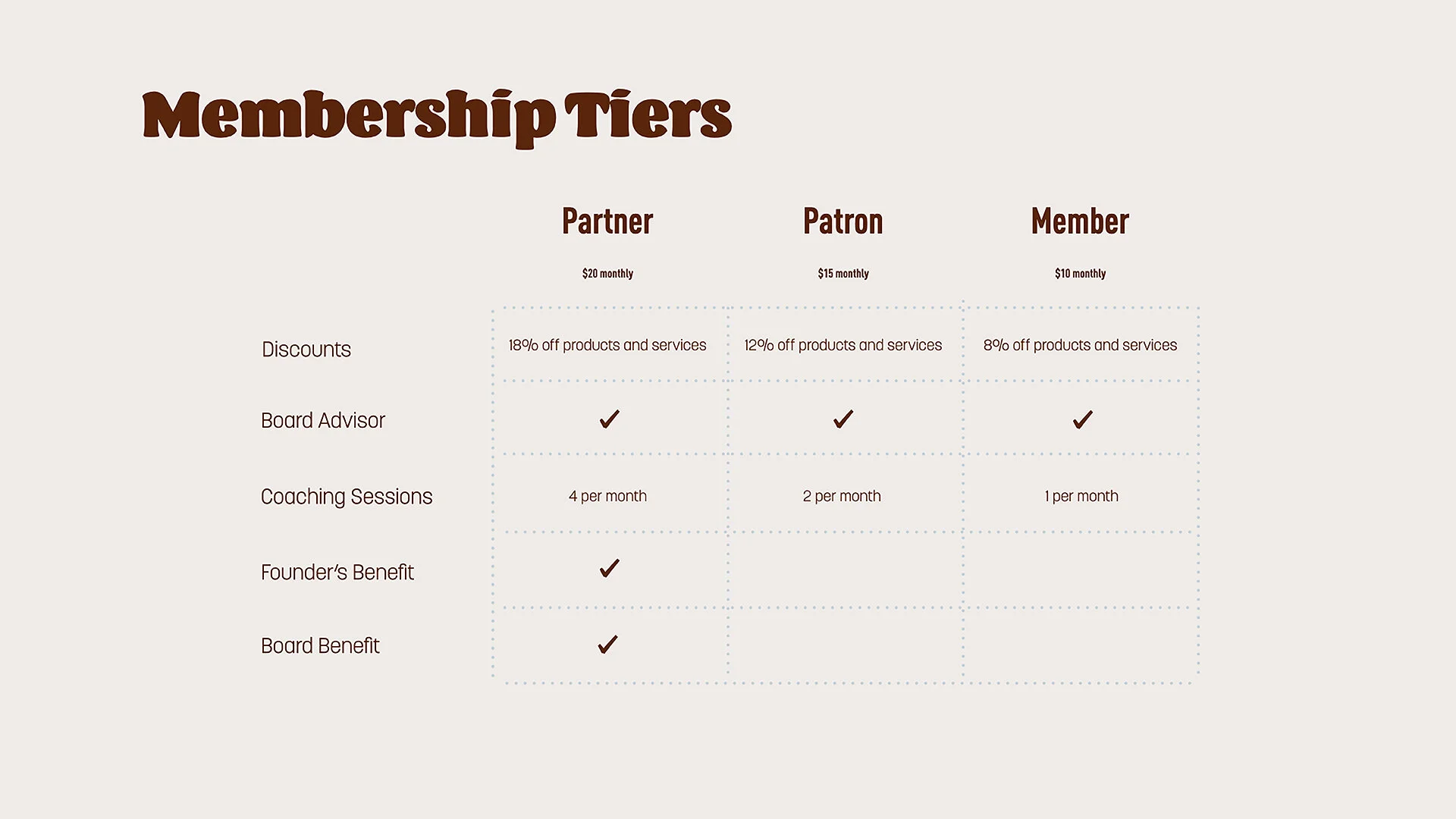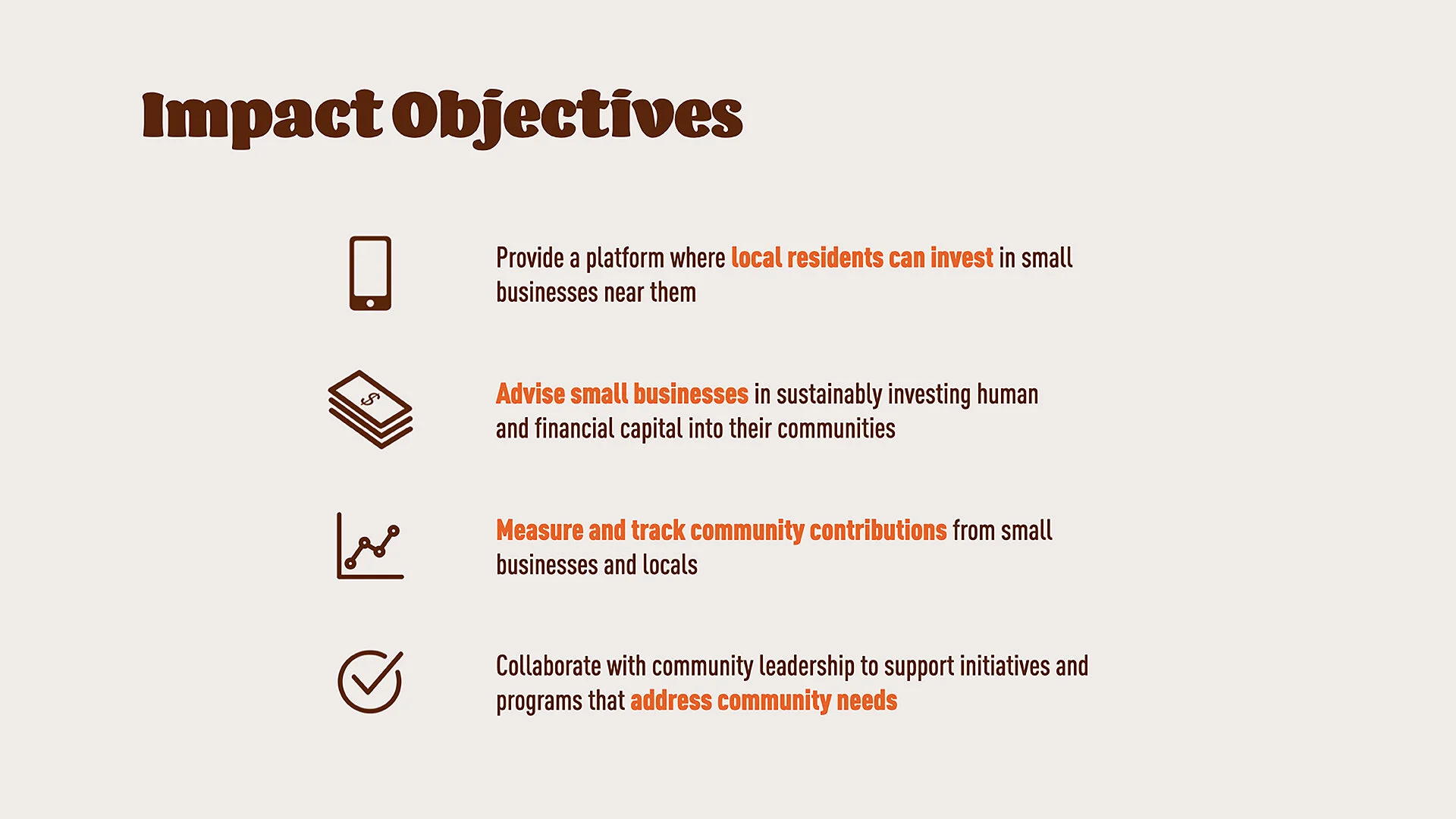N-3+Me: Urban Resilience at Human Scale
Regena Paloma Reyes is a service designer, New York City resident, and urban enthusiast. Her thesis, N-3+Me: Urban Resilience at Human Scale, investigates factors that promote adaptability in city-dwellers during times of crisis. Urban communities are more likely to suffer significant losses in unnatural catastrophes—from infrastructure failure to terror threats—due to their high population density. Regena's research and suite of design projects examine how resilience can be at its greatest in urban environments. Her thesis explores how city spaces, diverse populations, and the expansive interpersonal networks that arise therein can create cultures of preparedness at individual, interpersonal, and community scales.
“Disaster is not the event itself—instead, it is the extent of the negative ramifications of the event that occurs, sub-events that we have varying degrees of control over.”
In the wake of a disaster, recovery is forefront in community discourse. However, preparation and prevention are often overlooked factors of preemptive recovery. Disaster is not the event itself—instead, it is the extent of the negative ramifications of the event that occurs, sub-events that we have varying degrees of control over. The following research and design offerings seek to create cultures of preparedness in urban contexts for those who cannot or will not extricate themselves from a disastrous situation, redefining urban resilience as the extent to which the inhabitants of urban spaces are equipped to thrive during disastrous consequences.
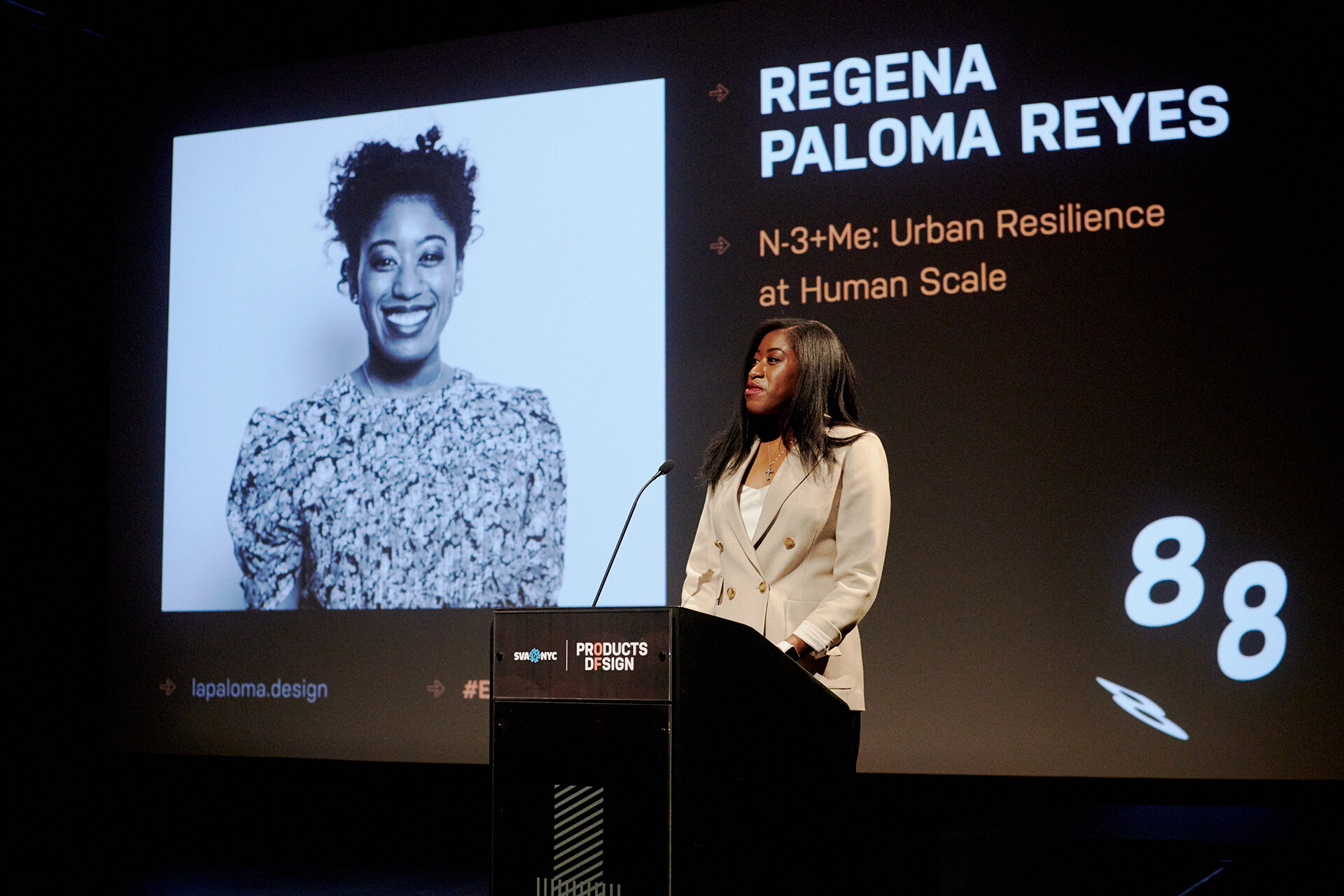
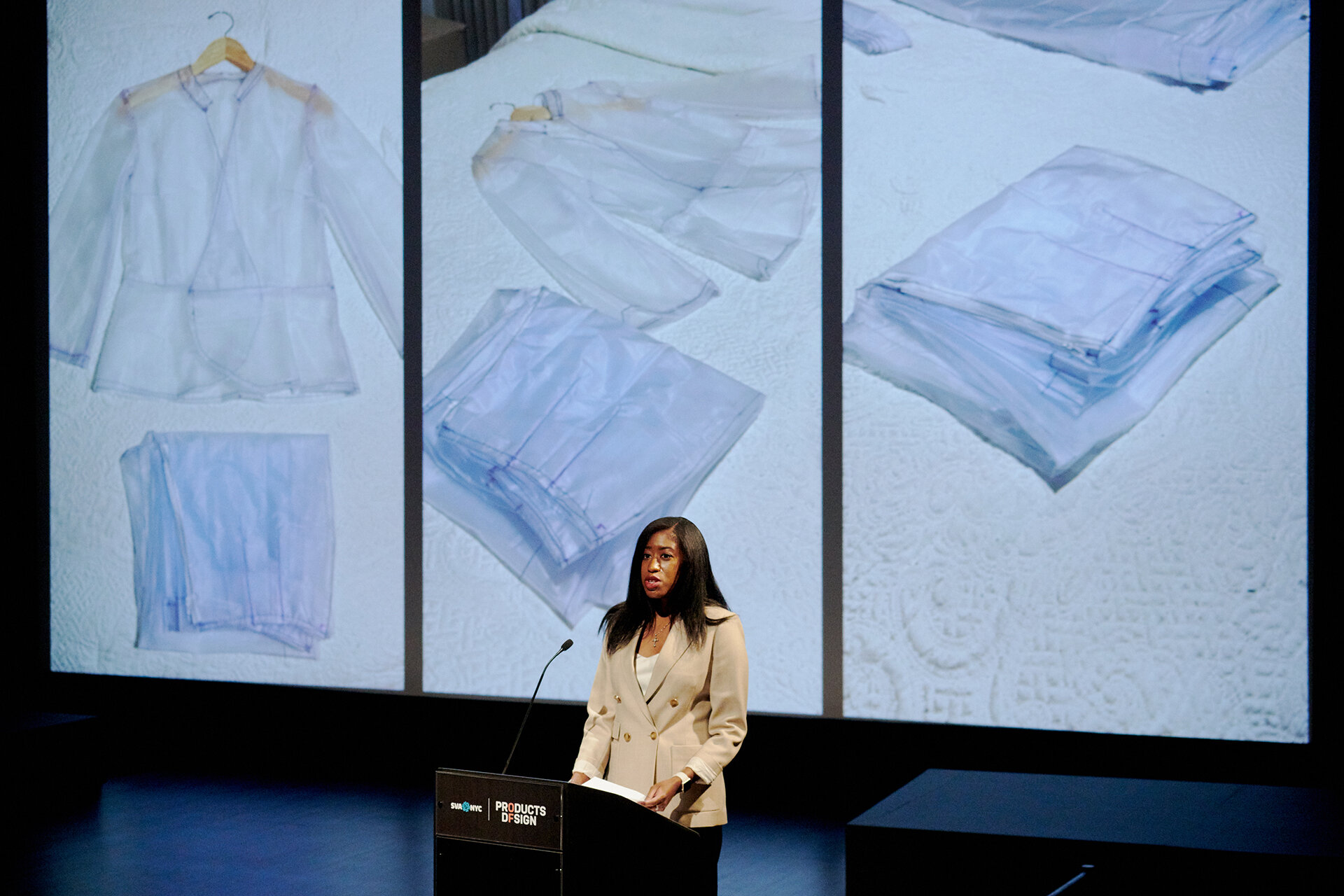
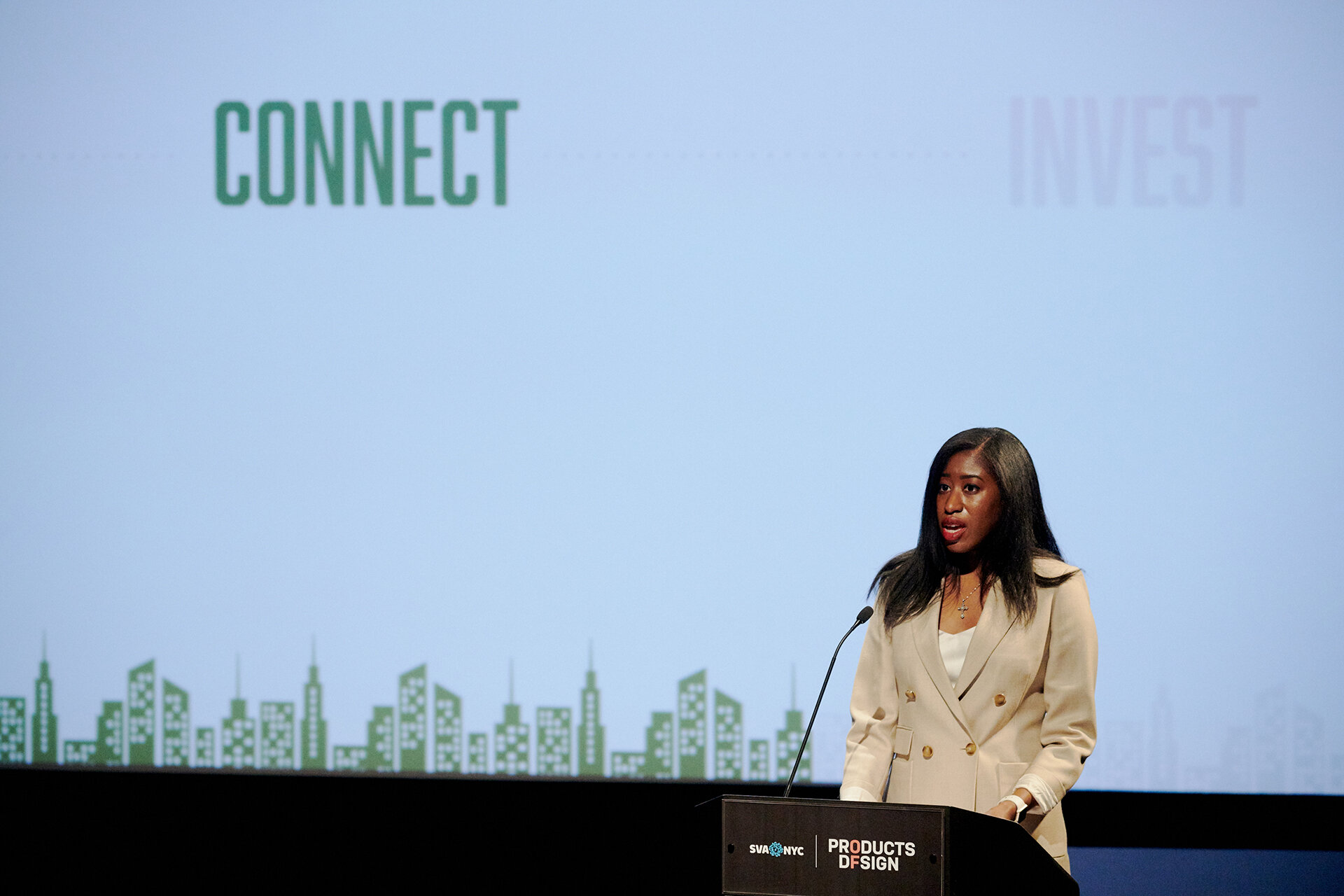
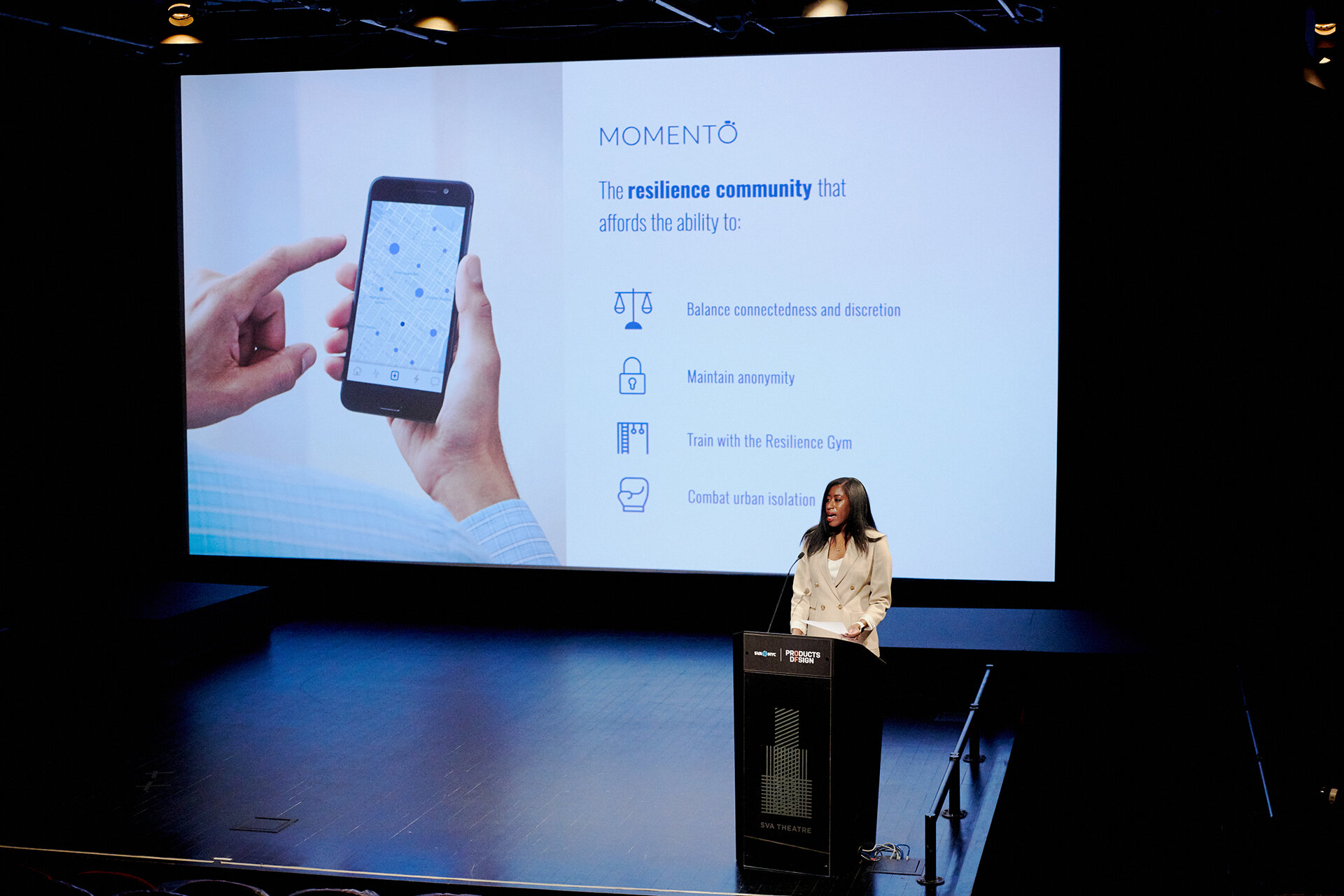
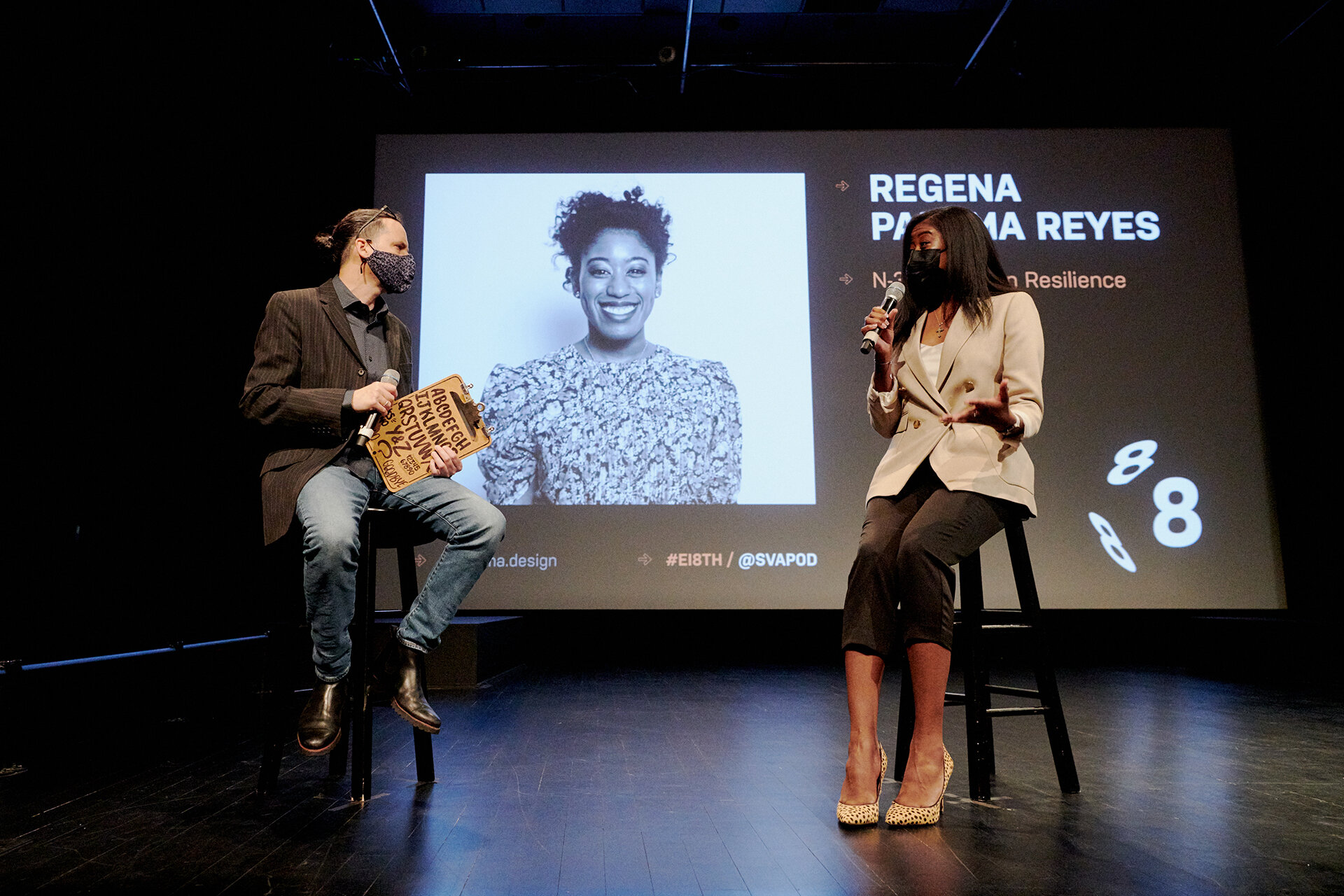
Covered: DIY Hazmat Dress
The Covered Dress is the DIY hazmat suit of the present. Designed for those who want to make a fashionable trek into the city around them, without worrying about whether or not they have picked up microbes like the COVID-19 virus while sitting in a park or outdoor cafe, the Covered Dress serves as the perfect outer shell that allows the wearer to look great while resting assured that they are not tracking any microbes back home with them. While traditional haz-mat suits are made of special antimicrobial materials, the Covered Dress is made simply of a shower curtain liner, as its goal is to serve as a barrier between you and the germs around you, in the same way that the shower curtain liner serves as a barrier between water and a shower curtain.
Recommended use is as follows:
Construct your Covered Dress following the DIY instruction manual
Layer it over any outfit, or wear alone as it’s own stand-out piece
Enjoy your time out in the city, being sure to adhere to social distancing guidelines
Return home and remove the Covered Dress after washing your hands for 20 seconds or more
Hang the Covered Dress on a plastic or metal hanger and hang in your shower
Disinfect the Covered Dress with Lysol, peroxide solution, or any other disinfectant solution of your choice. Be sure to disinfect in between any folds your dress may make in the bodice of the skirt.
Let dry, wash hands for another 20 seconds, and wear your sanitized Covered Dress on your next trip outside!
This DIY protective garment is for anyone who wants to make a fashionable “haz-mat” dress to venture out into the city during the COVID-19 pandemic. This design comes as a direct response to concerns arising during the pandemic about how the COVID-19 virus may attach to a person’s clothing and whether or not it is recommended to change clothes after every trip outside of the home. The Covered Dress is for those who have this concern and serves as a barrier between possible surfaces and their clothing (and bodies!) so that they do not need to wash everything that they were wearing when they ventured outside. Additionally, this dress is for those who want to wear haz-mat suits when they venture outside, but are looking for a more stylish option to redefine pandemic street style.
With Covered, the user can feel safe without fearing that they look overly paranoid. Covered is waterproof and can be quickly disinfected after each use. The garment provides an extra layer of security between the wearer and the outside world, making it an integral addition to any lockdown DIY project list.
Anti: Multi-threat Hazmat Wardrobe
Anti is a multi-threat hazmat wardrobe pursuing the agenda of designing against the status quo of the fashion industry. The purpose of clothing is to protect the body from the elements, thereby giving the wearer a better chance at life. However, modern clothing does little to protect its wearers from heat and cold, let alone microbes, fire, and falling glass. We live in a world where city-dwellers are at a disproportionately high risk of unnatural disaster, from pandemics to terror attacks, due to the high population densities that make the potential loss of life during those events much higher than they would be in less-densely populated areas. Modern street style, and the fashion industry in general, does not offer clothing that is both beautiful and protective. Anti designs against this paradox, presenting a capsule collection of garments that are designed to stand up against microbes, fire, and falling glass. Composed of Tyvek, Nomex, and Tychem, Anti garments challenge the definitions of fashion and protection simultaneously.
By crafting garments of inherently protective fibers, Anti makes being prepared for disastrous situations as easy as picking out a new jacket. By pursuing the goal of putting one Anti garment in every closet, Anti surreptitiously creates a population of prepared city-dwellers who have the protective garments that they need whenever disaster strikes. As people purchase Anti garments and wear them for their clean lines and tailored fits, they are also arming themselves in the event that they find themselves in a fire, or in a situation where they need a layer of specialty protective gear. When disaster strikes, we often find ourselves without the tools we need to make the most of the situation mostly because we do not ever stop to think that we might find ourselves in that type of situation. Anti does the thinking and preparing for you, by presenting an array of garments that protect the body from a variety of harmful and extreme situations, while making the garments stylish enough to be worn as statement pieces.
Regena shares that she created Anti in memory of the unidentified 9/11 victims. The garment line is also designed for the loved ones of those who may perish in a hypothetical future disaster. Ultimately, Anti is intended to protect the body enough to be returned to the family for proper blessing and burial. "One of the most difficult aspects of the 9/11 tragedy is recalling all the victims whose bodies were never found." Regena says. "It's hard enough to lose a loved one, and even more challenging to not have any means of physically mourning their passing. I created Anti as a last resort protector—if the worst happens, there is hope that the garments would at least ensure that the wearer's body could be returned to their loved ones to allow for healing and closure." Anti wearers can give themselves a better chance at surviving an unexpected disaster, and at least increasing their odds of body surviving whatever the crisis may be.
Isla: Airflow Manipulation Device
Isla is an airflow manipulation device to be placed in a relatively sealed area (i.e. a room with a door that can close) to prevent airflow from the room where a sick individual resides into the rest of the home. When used in a sealed area, Isla can help to place the room under negative pressure so that, when the door to the room opens, potentially contaminated air does not flow out of the sick room, rather, air from the room adjoining the sick room flows in. Isla makes it possible for people who share living spaces with several other members to create isolation spaces within their home to minimize the spread of airborne pathogens.
Isla can be used on its own or in conjunction with an air duct to allow the user to direct the airflow of the room as desired. The user can reverse the flow of air through the machine to place a room under positive pressure as needed, in the event that they want to place the room under positive pressure relative to rooms around it to increase air circulation throughout apartments with little airflow. Ila is sleek and modern, adding a sculptural appeal to any space it is placed in, and does not look like it is a utilitarian piece of furniture, rather it looks like a work of art and a delight to be included in a space. Users will be wowed by the balance of form and function, as well as the product’s ease of use.
Regena designed Isla for people who live in apartments with roommates, partners, and/or family members and who want to prevent the spread of an infectious disease, such as the flu or COVID-19 viruses, from spreading throughout the household in the event that one person living in the home falls ill. The target consumer earns an income of less than $40,000 annually and may live in their boroughs and neighborhoods that were most devastatingly impacted by the COVID-19 pandemic. These users have a lower willingness to pay for household consumer electronics, but also have the greatest need for a device that could prevent the spread of a disease like COVID-19 from spreading throughout the household. The core user works outside of the home and is regularly exposed to opportunities for infection in their daily workplace and commuter schedule.
Momento: Balancing Connectedness and Discretion
Momento reframes the role of social cohesion in urban settings to balance connectedness with discretion. By creating spaces for locals to anonymously connect on the various daily disasters they face and how they get through those tough moments, Momento helps city dwellers to understand that every moment has disaster potential and that we must continually prepare to face them together with our fellow city residents.
City-dwellers live amongst strangers, often not knowing their next door neighbor. This phenomenon of urban anonymity combined with a lack of disaster preparedness presents a uniquely urban threat to resilience. Many enjoy urban anonymity and independence, but become isolated as a result. Though living amongst throngs of strangers places one at risk for feeling isolated, people often move to cities to enjoy the sense of independence that comes with no one knowing anything about them. To balance the need for friendship with the desire for anonymity, city-dwellers need a way to connect with nearby strangers, while retaining the option to preserve their anonymity. Momento seeks to fill that need.
Momento helps you thrive through life’s (extra)ordinary disasters, anonymously sharing them with others to create a collective memento of life in the moment. Momento acknowledges that every moment has disaster potential. Mini-disasters happen every day - each one prepares us for the big one. Utilizing Momento’s Resilience Gym feature gives users the support they need to work toward specific resilience goals, like overcoming a fear or developing emergency plans for their family, while building mental and emotional strength with an uplifting community.
Civia: Repurposing City Streets for Serendipity
Civia is a way for cities to repurpose under-appreciated urban spaces for strangers to meet while engaging with the city in a fun and interactive manner. This digital service redefines city streets as scenes for excitement, surprise, wonder, and joy in everyday life. Civia evokes dreams of urban serendipity, where every moment spent engaged in the city could be the life changing moment that you came here for.
Civia is an abbreviation for “city trivia” and is designed to build personal social networks with other people in the city, while helping people to immerse themselves in the city in an atypical way. City streets have become places for transport alone, and Civia contends that they can be much more than that. To get the Civia experience, join the Civia community via mobile app and begin a self-guided walking tour of your neighborhood based on any of the presented topics that interest you. From architecture to street art, Civia has walking tours to help people discover all kinds of hidden gems in the city streets around them. During the walk, users will encounter others engaging in a Civia self-guided tour. At those times, Civia will present the opportunity for users to challenge their acquaintance to a trivia duel. Whether you win or lose, the benefit is the same: you will have had an encounter with another person in your city who shares a common interest with you, creating an opportunity for you to make a new acquaintance. You can contact acquaintances via the messaging feature on the Civia app to link up for monthly challenges, go on other guided tours together, or just to catch up and build a friendship.
Civia’s goal is to help newcomers develop a network of acquaintances, all with the possibility of becoming friends, business partners, or anything else you’ve come to the city with big dreams of creating. Civia helps you find what you came for. By participating in Civia, newcomers to mega-cities can grow their sense of connection with the city itself, by learning its history and cultural charms, as well as others who are living and working in that city. Civia helps people feel at home in a new city by getting them out of their apartments and into the streets where possibility and adventure abound
Local Board: Crowdsourcing Financial Investment for Small Businesses
Local Board is an alternative financial market that allows residents in a locale to invest in the small businesses near them. Blending the capital raising ability of publicly-traded financial markets with the social service impact of a community board, Local Board is a digital investment service that creates a market in which investors can earn competitive returns (relative to stock market) while contributing finances to the local community that can be used to enact community-driven program and initiatives.
People who normally invest in publicly traded companies will be able to trace their investment into a local business through a measurable community impact to understand the monetary and social returns they could be earning by investing locally. Local Board works with small business owners to ensure that they are systematically contributing to community-driven initiatives by passing a portion of the investment raised from local investors back to the community. Small businesses can set the initiatives and organizations that they will support, as well as the manner and frequency with which they will donate time, financing, or supplies.
While residents have several options for investing in privately-held companies, the majority of the existing offerings promote only financial returns and appeal to professional investors looking to make sizable investments. Furthermore, none of those services focus on local companies or have a commitment to making a local impact with the investments received. Local Board aims to strengthen community economies by bolstering small businesses so that they can grow and expand, serving as sources of revenue, employment, and enjoyment for local residents.
To learn more about the work of Regena Paloma Reyes, take a look at her projects in more detail at www.lapaloma.design.











